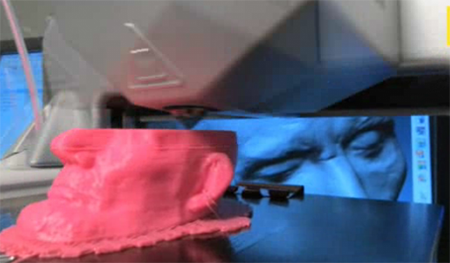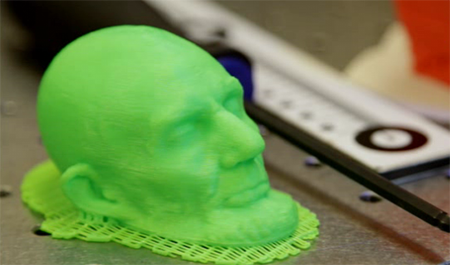It is always fun to see both our 3D scanning software as well as 3D printing being put to practical use at places as prestigious as the Smithsonian Museum.
 In a recent video by National Geographic, the scanning experts at the museum explain how taking 3D 'copies' of artifacts helps preserve the original pieces with less risk of damage and wear-and-tear.
In a recent video by National Geographic, the scanning experts at the museum explain how taking 3D 'copies' of artifacts helps preserve the original pieces with less risk of damage and wear-and-tear.
Previously to make replicas, a priceless artifact would be encased in plaster, or other substances to make molds, which can easily cause damage. 3D scanning was implemented 6 years ago to help protect the artifacts while still getting very accurate replcias.
Using the 3D Systems Geomagic Scanning software, a 3D digital scan is made and processed by the software into usable 3D data. From there very accurate likenesses of the original can be created using 3D Printing from 3D Systems. In this case, Cube 3D printers are used for early versions of the model and ProJet systems used for higher end printing.
The 3D data is also easily transferred and transported to other Smithsonian sites and partners around the world so they can easily recreate artifacts using 3D printing.
The Smithsonian is holding an event on Nov 14-15 2013, highlighting 3D technologies and how they are transforming the way it works. The Smithsonian X3D conference will show how state-of-the-art 3D scanning and image-based modeling technology paired with new Smithsonian tools will enable museum collections, scientific specimens, and entire research sites to be digitally recorded, studied, and shared in immersive detail. The event is free but registration is filling fast!

View the National Geographic Video at: http://video.nationalgeographic.com/video/news/space-technology-news/3d-imaging-vin/